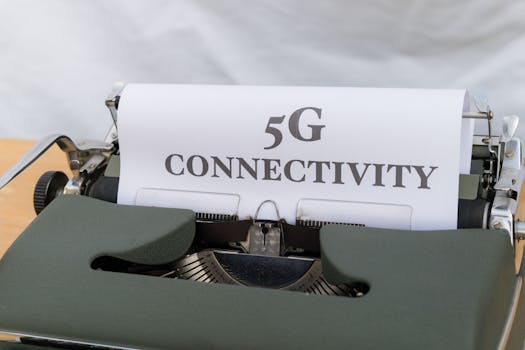Bridging the Gap: How Innovative Technologies are Redefining Connectivity

Bridging the Gap: How Innovative Technologies are Redefining Innovative Technologies and Connectivity
Innovative Technologies and connectivity have become an essential part of our daily lives. The way we communicate, access information, and conduct business has undergone a significant transformation in recent years. The rapid advancement of innovative technologies has bridged the gap between people, businesses, and communities, making it possible for us to connect with each other and access vast amounts of information from anywhere in the world.
The Evolution of Connectivity

The concept of connectivity has evolved significantly over the years. From the early days of dial-up internet to the current era of 5G networks and satellite internet, connectivity has become faster, more reliable, and accessible to all. The development of new technologies such as blockchain, artificial intelligence, and the Internet of Things (IoT) has further accelerated the growth of connectivity, enabling new use cases and applications that were previously unimaginable.
5G Networks: The Future of Connectivity

One of the most significant innovations in connectivity is the development of 5G networks. 5G, or fifth-generation wireless, is a new standard for wireless communication that offers faster data speeds, lower latency, and greater connectivity than its predecessors. With 5G, users can enjoy download speeds of up to 20 Gbps, making it possible to stream high-definition videos, play online games, and access large files in real-time. The impact of 5G on various industries such as healthcare, finance, and education is expected to be significant, enabling new applications such as remote surgery, mobile payments, and virtual classrooms.
Satellite Internet: Connecting the Unconnected

Another innovative technology that is redefining connectivity is satellite internet. Satellite internet uses a network of satellites orbiting the Earth to provide internet access to remote and underserved areas. This technology has the potential to connect millions of people who currently lack access to the internet, bridging the digital divide and enabling them to participate in the global economy. Companies such as SpaceX, Amazon, and OneWeb are launching constellations of satellites to provide global internet coverage, making it possible for people in even the most remote areas to access the internet.
Conclusion

In conclusion, innovative technologies such as 5G networks, satellite internet, and other advancements are redefining connectivity, making it faster, more reliable, and accessible to all. As these technologies continue to evolve and improve, we can expect to see new use cases and applications that will transform the way we live, work, and communicate. Whether it’s remote work, online education, or social media, connectivity has become an essential part of our daily lives, and innovative technologies will continue to play a vital role in shaping the future of connectivity.




